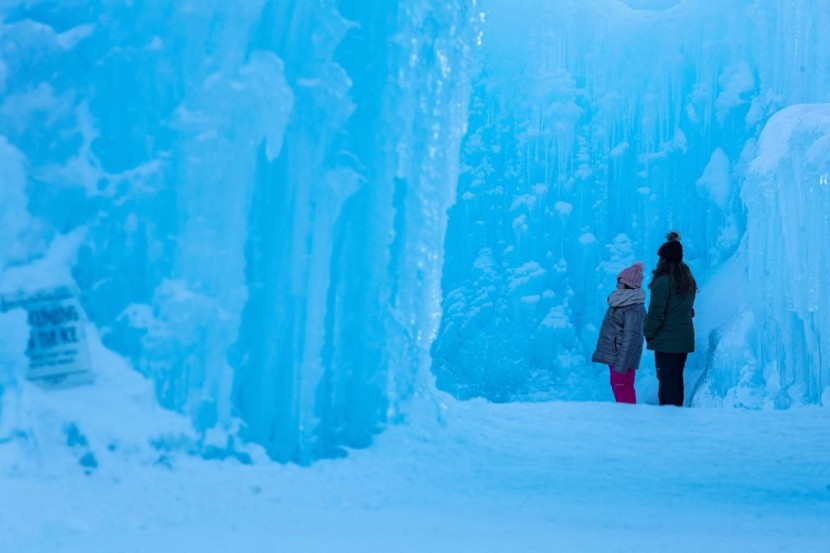Drilling is about to begin in the Arctic to gather samples of ancient ice that contain important records of past environments before it melts away.

An international team has reached the Holtedahlfonna ice field in the Svalbard Archipelago, where they will camp for three weeks, as reported by Interesting Engineering.
The Snow Cave
The team will drill two 125-meter-long ice cores that will reconstruct climate signals for the past 300 years, which will be used for today's science, and the other will be for future generations.
This is part of a scientific project that will allow the team to understand the Arctic application phenomenon. The Arctic phenomenon is a feedback loop that will explain why the Arctic is warming at a faster rate compared to the other areas on the planet.
The Svalbard Archipelago, located in the northernmost land in Europe, is disappearing four times more quickly than the global average. Here, the temperatures have risen by four to five degrees Celsius over the past 40 to 50 years.
According to a press release, the team's goal is to determine the role of sea ice in Arctic amplification and its impact on the atmosphere.
The ice core will be preserved for centuries at the Ice Memory Sanctuary, the snow cave to be built at the French-Italian Concordia station. This is the only international station on the Antarctic Plateau, which will be opened by 2025.
With this, future generations of scientists may have access to the high-quality ice core that they can use to study Earth's past climate and predict future changes.
The Arctic is characterized by its vast ice-covered landscapes and a harsh climate, with temperatures dropping as low as -50°C. However, in recent years, the Arctic has been experiencing a rapid decline in its ice cover, a phenomenon that has been linked to global warming.
The melting of Arctic ice is a cause for concern as it has far-reaching effects on the environment, wildlife, and people living there.
The melting of the ice cap is causing sea levels to rise, which can lead to flooding and erosion of coastal areas. It also affects the Arctic's ecosystem, as many of the region's species depend on the ice to survive. For example, polar bears rely on the ice to hunt for food, and the ice melting makes it more difficult for them to find prey.
The Arctic is also crucial for regulating the Earth's climate, as it helps to reflect sunlight back into space. As the ice melts, it reduces the amount of sunlight being reflected, leading to increased warming of the Earth's surface.
Many factors contribute to the melting of Arctic ice, including rising temperatures, changes in ocean currents, and increased greenhouse gas emissions. We must take action to reduce our carbon footprint and mitigate the effects of global warming to slow the melting of Arctic ice and protect this vital region.
Related article : Arctic Sea Ice Has Been 'Thinning Dramatically' Since The 1970s








